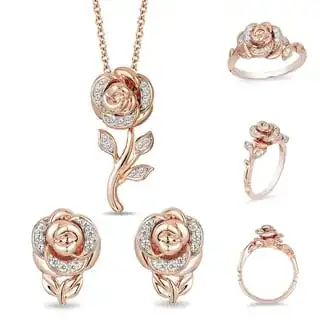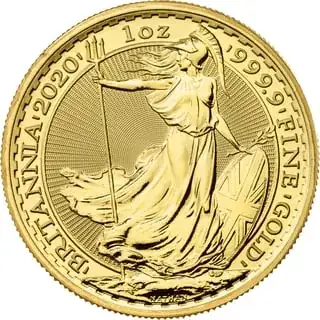The gold sovereign is a 22 carat rose gold coin, meaning that it is composed of 22/24 parts gold and 2/24 parts copper. The small percentage of copper affects two things; the color of the alloy and the hardness of the metal.
Some people prefer the color of rose gold to normal. For evidence of this, google the terms 'rose gold jewelry' or 'rose gold watch' and observe the millions of results you get.

However, that's not the reason this coin has copper added.
Gold sovereigns have been produced by the British government since 1817, over 200 years ago. When they were introduced, they were normal, circulating coins that wealthy people would carry with them and spend in day to day business. Although gold was very valuable back then, it was not as comparatively valuable as it is today. It is a bad idea to make a circulating coin out of pure 24 carat gold, as gold is a very soft metal and it would scratch, scrape, or even bend within days of using it. Mixing gold with another metal greatly improves its hardness and durability. Additionally, the metal refining technology back then was not good enough to remove all of the impurities anyway.
Today, the sovereigns are still manufactured with the same percentage of copper that they always have, but since most people who own gold coins do not carry them with them on their day-to-day business, you can also find many pure 24 carat gold options that are the yellow color you are looking for. From the British government, the gold Britannia fits this description.

Finally, bullion coins and bars are stores of precious metal such that the value of the object is determined by its metal composition. This is to distinguish them from fiat coins where the value is determined by the number stamped onto them by the issuing government. For example, although a US penny is composed of zinc and copper, the value of the penny is always one cent, even if the prices of zinc and copper fluctuate. Bullion coins are worth whatever the metal within them is worth, and you can find bullion of many different metals, including gold, silver, platinum, and palladium.
In the EU (yes I know the UK is technically no longer in the EU) regulations specify that bullion bars need to have a minimum of 99.5% purity, but coins only need 90% purity to be considered bullion. This is due to the history of minting 22 carat coins to strengthen their durability.



